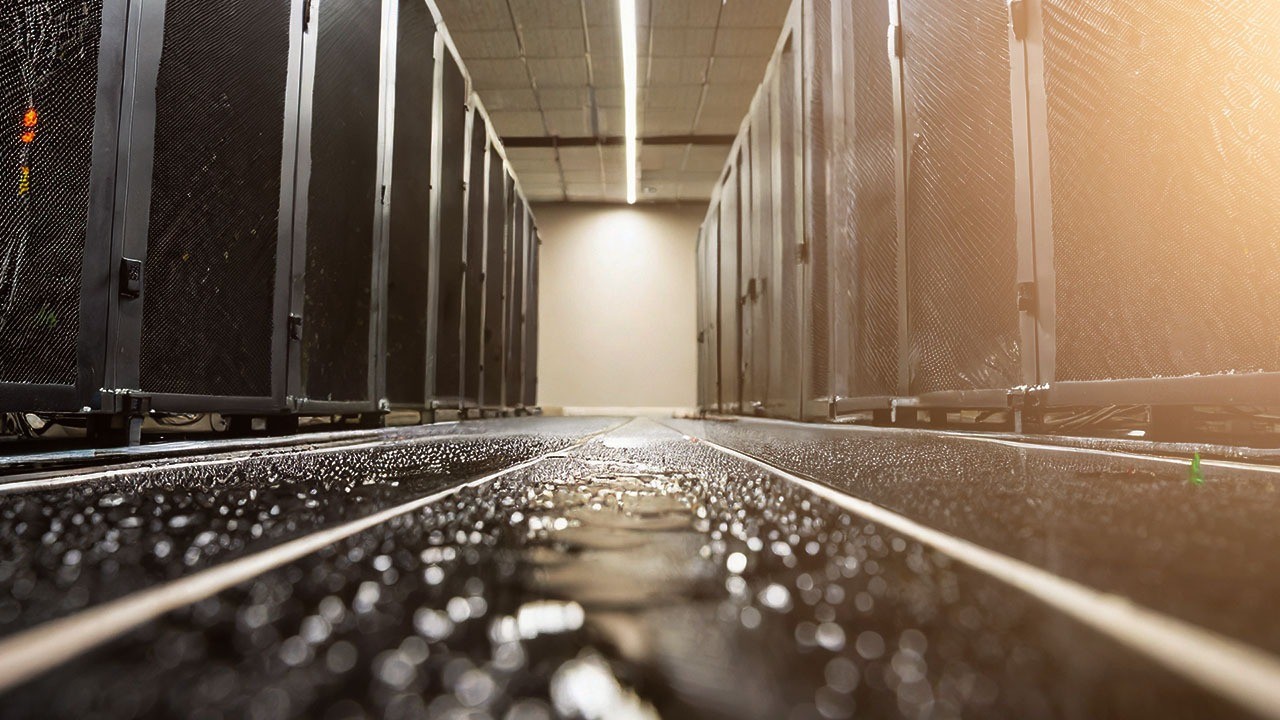The True Cost of Overlooking Liquid Leak Detection in the Data Center

In the world of hyperscale computing, the conversation around liquid leak detection systems is too often reduced to a simple line item. For many decision-makers, the thinking goes something like this: “If there’s a leak, we’ll replace the damaged hardware. It’s expensive, but manageable.”
But what if the real cost of a leak isn’t just the price of replacement servers?
As AI workloads grow more complex and critical infrastructure leans increasingly on real-time compute power, the stakes are no longer just financial. A leak in the white space doesn’t just put expensive equipment at risk. It puts the data, and in some cases, human lives, that rely on that compute infrastructure at risk too.
Take the example of autonomous vehicles. A company like Waymo isn’t just pushing data through its servers for efficiency. Its AI models are ingesting, analyzing, and making decisions in real time. These decisions determine whether a car stops in time or keeps moving. If the servers training or updating these models go offline unexpectedly due to water damage, the impact isn't just a minor operational hiccup. It could mean delayed safety updates or compromised model performance.
Now layer in the often-overlooked problem of inadequate detection systems. Antiquated analog systems, still common in some facilities, might be fine for low-risk areas. But in an AI factory, they can do more harm than good. These systems are prone to false alarms, leading to unnecessary shutdowns and wasted labor hours as facilities staff scramble to locate phantom leaks. Worst of all, false alarms trigger complacency instead of urgency.
When alarms become noise, urgency disappears. And when a real leak happens, it's easy to ignore until it's too late.
That’s why mission-critical environments require a fully digital, addressable, 1:1 leak detection system. It’s not just about spotting a leak. It’s about knowing exactly where it is, instantly, and responding with precision. That is the standard hyperscalers should be holding themselves to.
Leak detection should not be treated as a nice-to-have or a backburner upgrade. It is risk mitigation, just like cybersecurity, fire suppression, and backup power.
A leak isn't just a wet floor. It is a threat vector.
The irony is, the cost of proactive digital leak detection is minor compared to the potential consequences of not having it. It's a small price to pay to ensure uptime, protect data integrity, and safeguard the lives and services increasingly intertwined with AI infrastructure.
In hyperscale environments, where cooling systems carry thousands of gallons of water and liquid cooling is becoming the norm, it’s not about whether a leak might happen. It’s about being ready when it does.
We need a mindset shift. Let’s stop treating equipment as expendable and start treating data center uptime as essential to the safety and continuity of the world we are building.
Leak detection is not about saving gear. It is about protecting the intelligence, and the lives, that depend on it.
Author: Amanda Garcia (Linkedin page)
